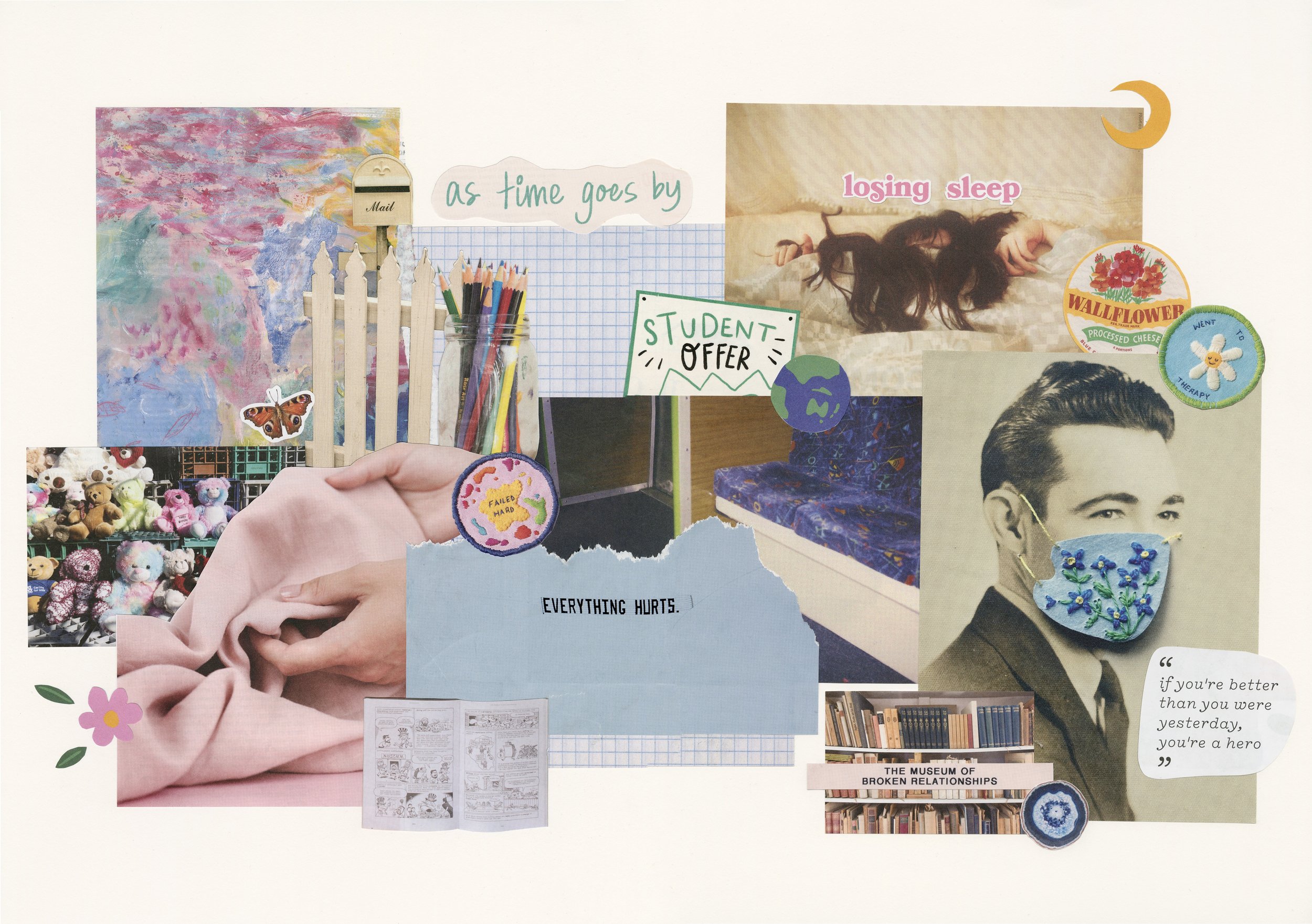
Teaching Philosophy
“Becoming what one is is a creative act comparable with creating a work of art” (Storr, 1992)
Through my experiences of becoming an emerging Visual Arts educator and practicing artist, I have become increasingly interested in how Visual Arts can be used to encourage self-exploration of identity and expression. I have often turned to art for it’s therapeutic nature, using drawing as a method for self expression and escapism. As an autistic person, I have struggled to connect with the world and the people around me, and art has allowed me to explore and communicate those emotions “when words [were] not accessible nor capable of doing what art can do” (McNiff, 2019). My artistic practice became a way for me to explore my own identity, and how the experiences in my life have shaped and evolved me into the person I am today.
There is a curious link between identity formation and creativity. In Western society, artists and creatives have often been seen as “different” and “independent” (Deresiewicz, 2015). Primary characteristics of the artist include technical competence, creativity and innovativity, and the ability to navigate society in order to be considered an “artist” (Csikszentmihalyi, 1999). It is with this in mind that identity formation can then be seen as a creative process in itself (Piazza, 2017).
Art education historians have demonstrated the shift from mechanical drawing for industrial development, to self-expression for artistic creation (Komatsu, 2017). My role as a Visual Arts educator would be to facilitate an environment and opportunity for students to explore and express who they are and the world around them in a way that they may not have previously. Josselson (1996) describes identity as knowing who we are in the context of all that we might become. It is my job to help students navigate who they “are” and explore possibilities around who they “might become” through the process of self-discovery, experimentation and exploration.
Visual Arts education provides an opportunity to do this due to its transformative nature. Through the transformation of materials and emotion, and the activation of creative energy through art’s sensory and imaginative qualities, students challenge themselves and the way they think. The development of artistic skills similarly involves the ability to think critically, analyse ideas and information, and make sense from one’s own experiences and perspectives (Piazza, 2017). The student-centred nature of Visual Arts education allows students to draw upon their direct personal experiences, thus informing the whole context of art-making (McNiff, 2019). “Creativity does not happen inside people’s heads, but in the interaction between a person’s thoughts and the sociocultural context” (Csikszentmihalyi, 1996).
My artistic practice has led me to see my life as an assemblage - webs of pieces placed together from prior and current experiences (Deleuze & Guattari, 1987). Each choice and experience in my life has led me to this moment and to being exactly who I am now. But this assemblage is not fixed - it is fluid and malleable. As I share and create new experiences, my assemblage is disrupted, and new possible ways of being are produced. It is this idea that I want to pass onto my students - identity is not fixed; it is fluid and subject to change based on experience, reflection, and action (Butler, 1990; Wolfgang, 2013). Through sharing and reflecting upon these actions and experiences, I aim to expose my students to a variety of rich and complex narratives, with the potential to lead to a greater understanding of themselves and the world around them.
